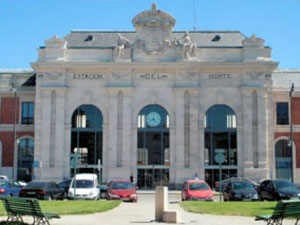Valladolid is without doubt an ideal place to learn Spanish. It is a medium-sized city that is safe and offers a warm welcome and a friendly atmosphere in which to take a pleasant stroll.
It is strategically located in the northern half of Spain. It is the capital of the region of Castilla y León and currently plays a key role in development.
The city’s history stretches back a thousand years and now boasts a rich historical heritage. The old part of the city preserves an interesting architectural ensemble comprising palaces, churches, squares, and emblematic buildings.
Renowned as the birthplace of Spanish, the city of Valladolid has been home to such prominent Spanish writers as José Zorrilla or Miguel Delibes.
The University of Valladolid has over 27,000 students and forms a central part of the city’s life, its university atmosphere bringing vitality and youth to its streets.
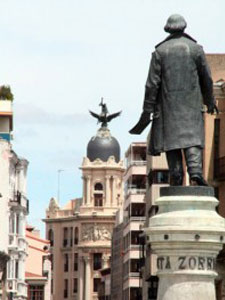
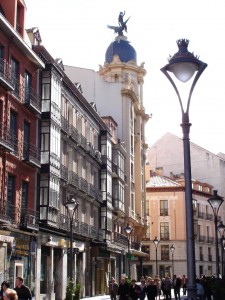
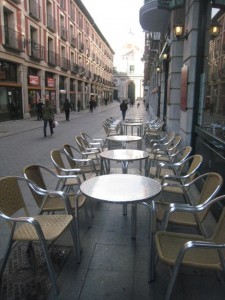
It is also a modern city with pedestrian streets, parks, and spacious shopping centers, and is an ideal place to enjoy cinema, concerts, and exhibitions.
Taking a walk around the Plaza Mayor or visiting the city’s important museums are just some of the many activities Valladolid has to offer.
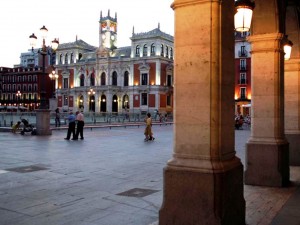
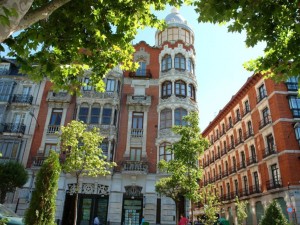
A visit to the National College of San Gregorio Museum is a must. It is one of the most important museums in Spain thanks to the original quality of its collection of sculpture, and the beauty of the 15th century building in which it is housed. The Patio Herreriano Museum of Contemporary Art houses a major collection of works tracing the development of the main artists and trends since the early 20th century.
Other museums of interest are the Science Museum, devoted to the culture of science and offering visitors the chance to see, contemplate, and interact, the Oriental Museum, housing the largest collection of Chinese, Filipino, and Japanese art in Spain, the Cervantes House Museum, the Columbus House Museum, or the Zorrilla House Museum.
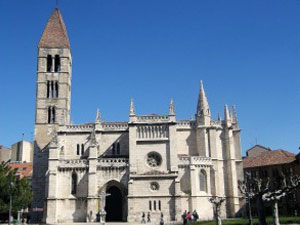
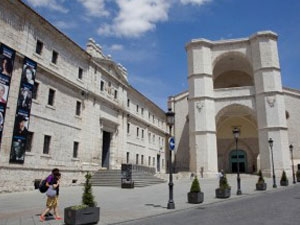
Any cultural trip around the city of Valladolid must include the route of the churches, visiting such churches as Santa María de la Antigua, one of the symbols of the city, San Pablo, founded in the 13th century, San Miguel, and the magnificent church of San Benito. Work on Valladolid Cathedral was begun in the 16th century by the famous renaissance architect Juan de Herrera. The area surrounding the cathedral is full of pleasant street cafés.
The oldest and most emblematic park in the city is the Campo Grande, a large romantic garden area set in the very heart of the city and home to a wide variety of trees and birds, including its famous peacocks.
The night route “Valladolid Rivers of Light” covers a number of the city’s areas, and offers an interesting illuminated trip around the city. The lighting from the streets, buildings, and monuments is projected forming a spectacular nightscape.
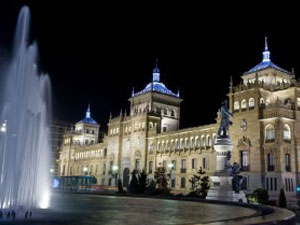
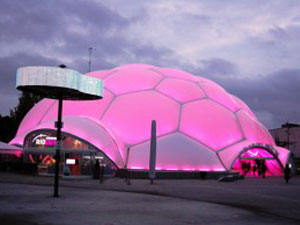
You can also enjoy the rich cuisine in the city’s many restaurants. The main dish in Valladolid is lamb, together with cheeses and the bread!
Another attraction is the tapas. You can get to know the city’s tapas bars through Vallatapas as well as the various tapas areas.
The city is well communicated with the rest of Spain thanks to its extensive coach and train network. The high speed train can get you to Madrid in under an hour.
Valladolid-Villanubla airport also gives you the chance to fly to a number of destinations both in Spain and Europe.
These are just some of the many attractions the city has to offer. To see others, visit the Tourist Information Office where you can discover many more possibilities.
For further information, see:
Valladolid Culture and Tourism
Other guides:
WATCH A VIDEO ON VALLADOLID
